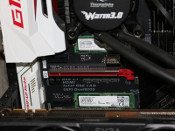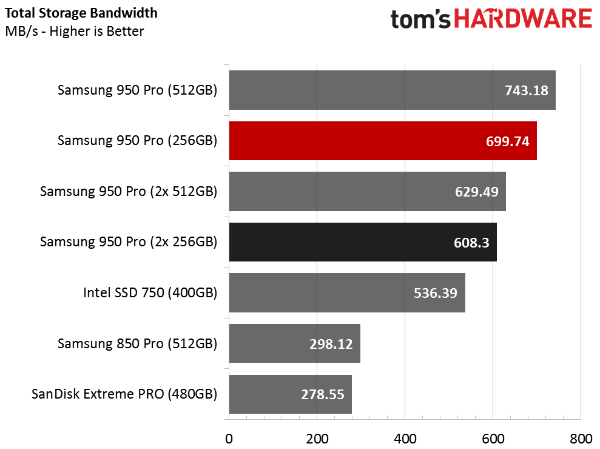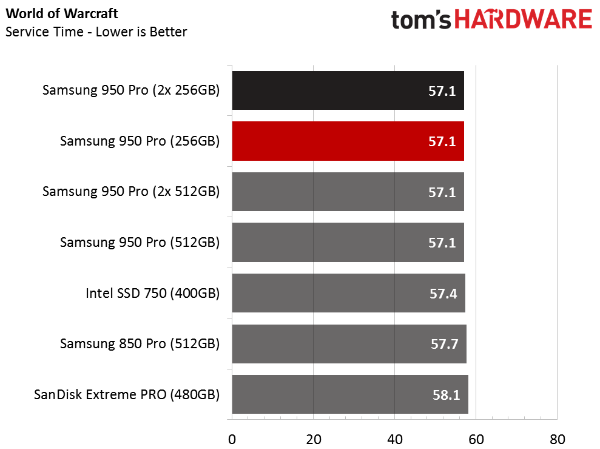Given: I currently have a single Intel 660p 2TB SSD as my only storage; Sequential Read/Write of 1,800 MBps.
Problem: I'd like faster boot times, and lower latency for application launches.
Proposed Solution: I am seriously considering purchasing and installing an Adata XPG SX 8200 Pro 512GB as my primary boot drive, and relegating the 660p as my storage/steam drive; Sequential Read/Write of 3,500 / 2,300 Mbps. The cost is only $75 for the 8200 Pro. However, it occurs to me that another option would be to purchase another Intel 660p 2TB, instead of the Adata, and place both into a hardware RAID 0 array using the onboard controller. This should result in Sequential performance specs being within the DMI 3.0 limitation, and the volume latency being split in half, minus the negligible overhead.
One thing: If you're going to state that RAID 0 arrays only benefit artificial benchmarks, and have no real world advantage, then I'm willing to listen with an open mind. But please do not reference that six year old Tom's article as your source of knowledge. I honestly suspect anyone who does references that article has never used a RAID array. I personally have, but I'm not sure if it would be a better option to buy the 8200 Pro for $75 or another 660p for the current price of $195. Write endurance and SLC write cache exhaustion are not factors in my dilemma.
Thank you in advance for your input.
Problem: I'd like faster boot times, and lower latency for application launches.
Proposed Solution: I am seriously considering purchasing and installing an Adata XPG SX 8200 Pro 512GB as my primary boot drive, and relegating the 660p as my storage/steam drive; Sequential Read/Write of 3,500 / 2,300 Mbps. The cost is only $75 for the 8200 Pro. However, it occurs to me that another option would be to purchase another Intel 660p 2TB, instead of the Adata, and place both into a hardware RAID 0 array using the onboard controller. This should result in Sequential performance specs being within the DMI 3.0 limitation, and the volume latency being split in half, minus the negligible overhead.
One thing: If you're going to state that RAID 0 arrays only benefit artificial benchmarks, and have no real world advantage, then I'm willing to listen with an open mind. But please do not reference that six year old Tom's article as your source of knowledge. I honestly suspect anyone who does references that article has never used a RAID array. I personally have, but I'm not sure if it would be a better option to buy the 8200 Pro for $75 or another 660p for the current price of $195. Write endurance and SLC write cache exhaustion are not factors in my dilemma.
Thank you in advance for your input.
Last edited:





